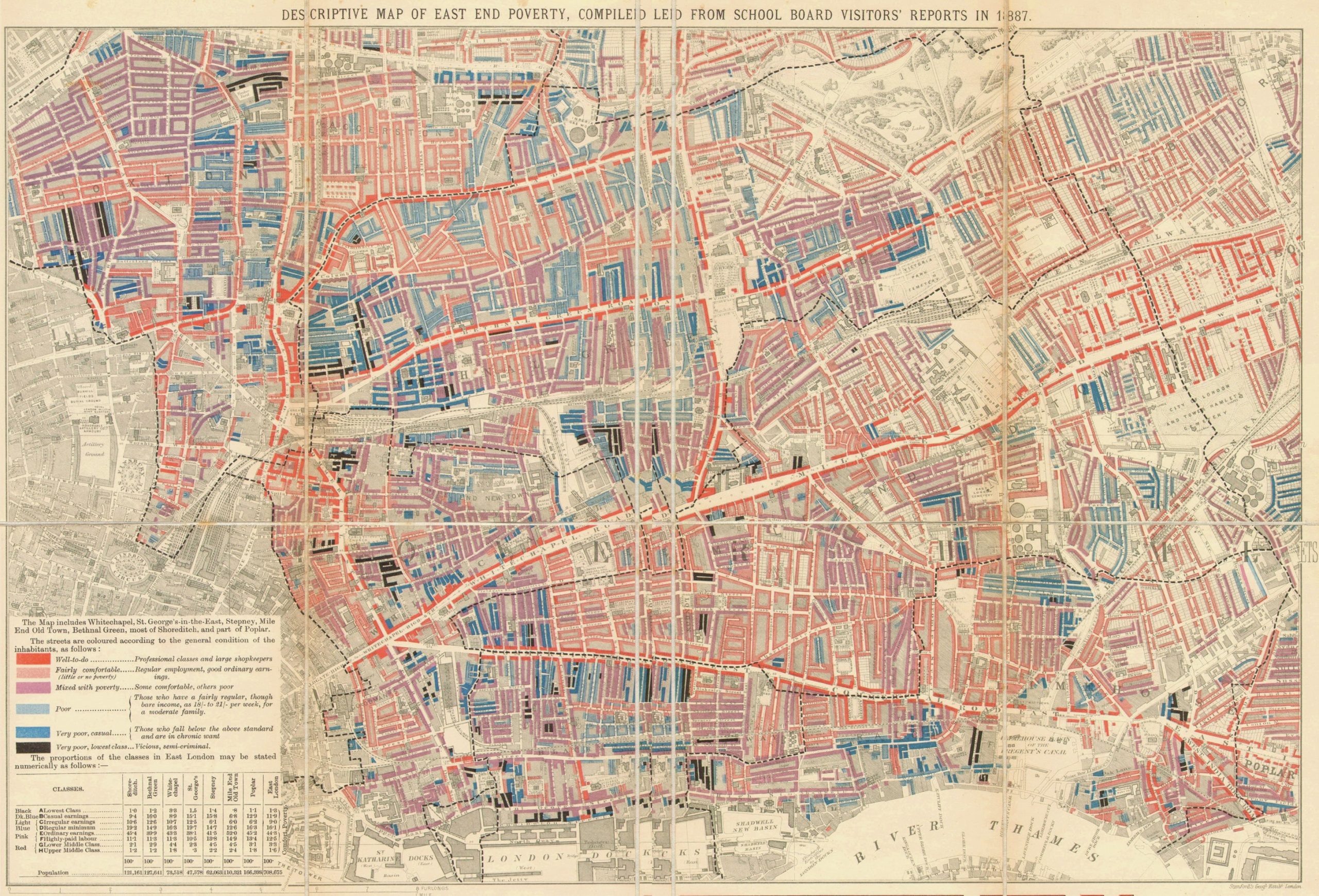
According to the 1881 census, 1 million people lived in London’s East End. Whitechapel was very densely populated. The Booth district, which included many of the locations of the Whitechapel murders, was the eighth most overcrowded in London with 256 people per acre. There were only 45 people per acre in London as a whole.
Rookeries were slum areas of overcrowded and filthy housing. The layout of streets and buildings made policing difficult. Criminals could hide from the police in the rookeries, and use the alleys and yards as places to watch for victims, hide after committing a crime, or to run criminal activities from. All the identified victims of Jack the Ripper lived in the heart of the rookery in Spitalfields.
Your organisation does not have access to this article.
Sign up today to give your students the edge they need to achieve their best grades with subject expertise
Subscribe




